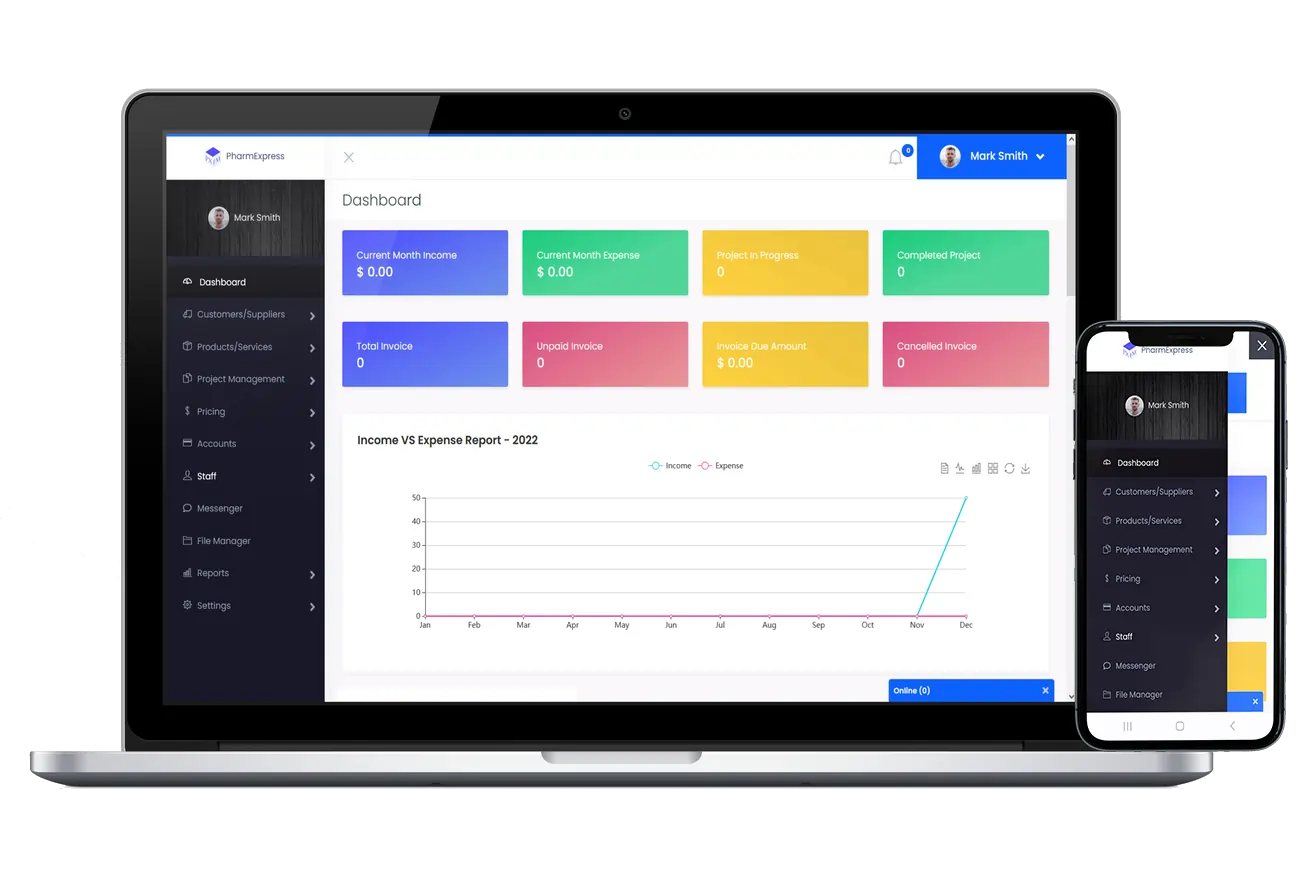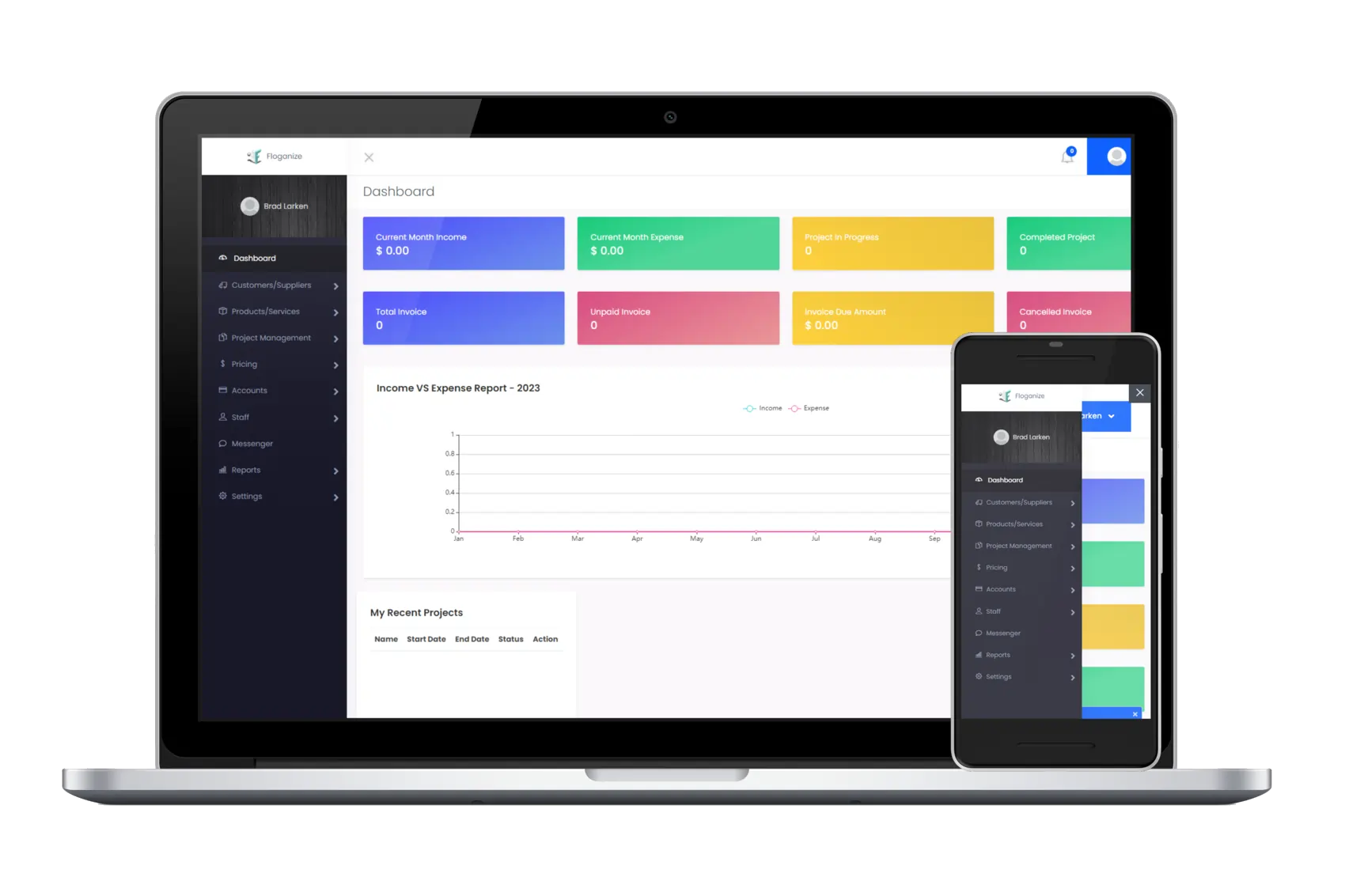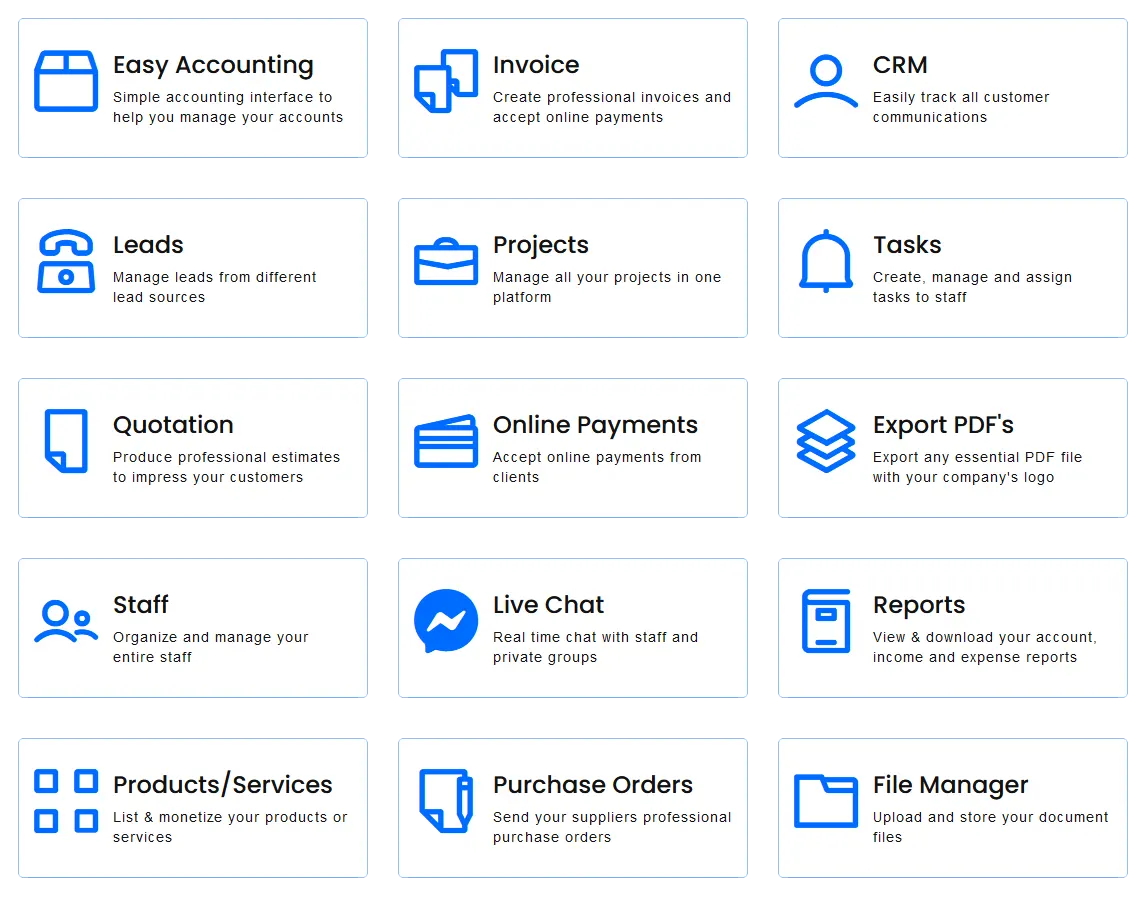5 Phases of Project Management Life Cycle You Must Know
Throughout this article, you will learn about the five phases of the project management life cycle. The purpose of project management is to meet the requirements of a project by using knowledge, skills, tools, and techniques
Floganize Project Management Software

With Floganize, project managers can create project plans, execute those plans, and report regularly on their progress throughout the five lifecycle phases of a project. Get started with Floganize today and take advantage of its free 14-day trial.
Project Life Cycle: Why Is It Important?
A framework that outlines a project's stages from beginning to end is known as the project management life cycle. It aids in the organized planning, execution, and monitoring of projects by project managers.
Systems engineering has been used to organize and oversee all kinds of challenging undertakings, from building the International Space Station to creating new computer systems. The project management life cycle offers an organized method for managing projects, which makes it valuable.
Project Management - 5 Phases

The Project Management Life Cycle consists of these 5 phases: 1. Starting 2. Organizing 3. Performing 4. Monitoring 5. Closing. These phases each have certain goals and tasks.
Phase #1 - Starting: The project manager establishes the project's goals at this phase and receives authorization to move on.
Phase #2 – Organizing: The project manager creates a thorough plan for the project's execution during the planning stage.
Phase #3 – Performing: The project manager executes the project in accordance with the plan during this phase.
Phase #4 – Monitoring: The project manager keeps an eye on the work to make sure it is progressing as planned and makes changes as needed throughout the monitoring and control phase.
Phase #5 – Closing: The project manager completes the project and records the outcomes during the closure phase.
Phase #1: Starting
The first stage of the project management life cycle is the project commencement phase. Identification and definition of the project, creation of the project charter, and team formation are the key goals of this phase.
The project manager must first comprehend the business opportunity or need that the project is intended to address in order to accomplish these goals. This knowledge will be useful in defining the project's goals and scope. The project manager can create a project charter if the project's objectives and scope are clear.
Document defining the project
The project charter is a formal authorization document that gives the project manager the green light to organize the project team and get things rolling.
Project Team Participants
During the project commencement phase, the project team is put together. The team should be made up of people who have the abilities and expertise required to finish the task.
Plan for Project Management
The creation of a project management plan marks the end of the project beginning phase. The execution, monitoring, and control of the project are all outlined in the project management plan.
Phase #2: Organization
The second stage of the project management life cycle is project organization. At this stage, the project manager creates a thorough project plan that will direct the project's execution and management.
During the project planning phase, the project manager should focus on the following factors:
1. Specifying the project's scope:
This includes determining the project's goals and the deliverables that must be created. The project manager must also determine the project's risks and underlying assumptions.
2. Schedule-making for the project:
The project manager must create a thorough schedule that outlines all the tasks that must be accomplished to finish the project. Also, the dependencies between the various tasks must also be taken into account in the project timetable.
3. Calculating the necessary resources:
The project manager must make an estimate of the resources needed. This encompasses both financial and physical resources, as well as people and other resources.
4. Budgeting for the project:
The project manager must create a thorough budget that accounts for all project-related expenses. Contingency plans must be included in the project budget.
5. Identifying the risks and creating methods to mitigate them
Project risk identification and risk mitigation strategies must be developed by the project management.
Objective
After the project planning phase, the following deliverables are produced:
1. A comprehensive project plan
2. A project timetable
3. Budget for a project
4. A strategy for reducing risk
Phase #3: Performance
Performance is the third stage of the project management life cycle. The project team works on the tasks outlined in the project plan during this phase to complete the project’s goals. The project manager’s leadership abilities are put to the test at this phase, where the real work begins.
The project manager’s primary concerns throughout the Execution Phase are:
– Making sure the project team has the tools and assistance they require to complete their work.
– Monitoring development in relation to the project’s timeline and plan
– Managing concerns and dangers
– Informing the project sponsor and other stakeholders of progress
Phase #4: Monitoring
Monitoring and controlling is the fourth step of the project management life cycle.
The project manager oversees and regulates the project’s progress during the project monitoring and control phase to make sure it is on track and stays within the project’s scope, budget, and timeline.
A project manager should focus on the following during project monitoring and control:
– Monitoring the project’s development in relation to the project plan
– Finding any deviations from the project plan and implementing the necessary remedies.
– Recognizing potential risks or problems that could affect the project and adopting preventative measures.
– Informing the project sponsor and other stakeholders of the project’s status.
To guarantee that the project is completed on schedule, within budget, and to the required quality is the goal of project monitoring and control. The following are the deliverables for project monitoring & control:
– Revised project schedule
– Project schedule update
– Revise the project budget
– Current risk register
– A revised issue log
– Status report on the project
Phase #5: Closing
The final stage of a project’s life cycle is called the closure phase. This phase’s goal is to formally wrap up the project or phase. This include giving the customer the final deliverables, giving the operations team the paperwork, ending supplier contracts, releasing project resources, and telling all stockholders that the project is finished.
The following are the primary factors a project manager should take into account:
1. Ensuring that all project deliverables are finished and up to standards of quality
2. Reviewing the project to find lessons learned
3. Getting the customer to approve the final deliverables
4. Preserving project records
5. Closing out supplier contracts formally
6. Announcing the project’s completion to all parties
View the Floganize Tutorials Section to Learn More
If you want to learn more about our powerful business management software, then please click here to view the Floganize tutorials educational page.


